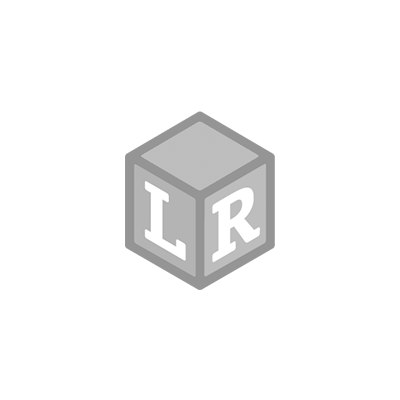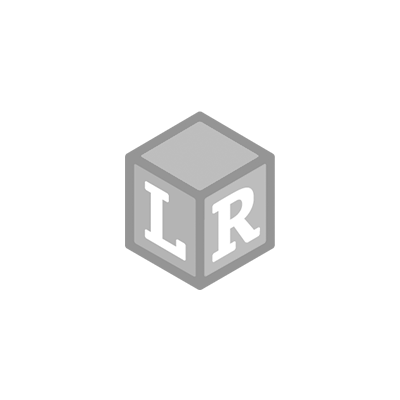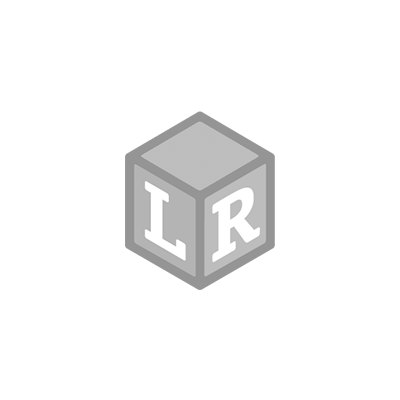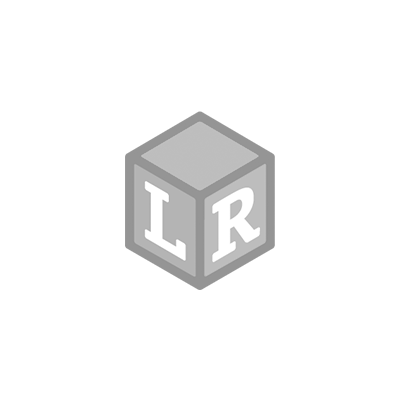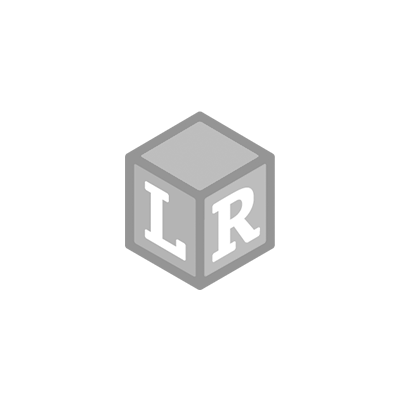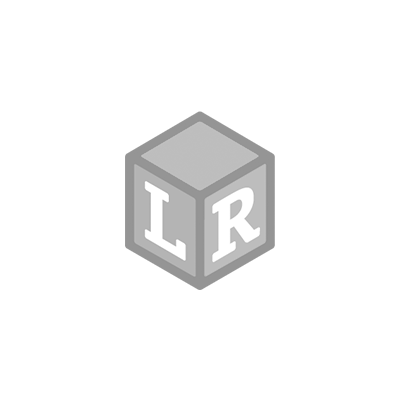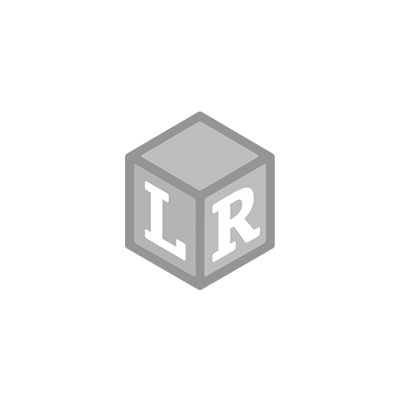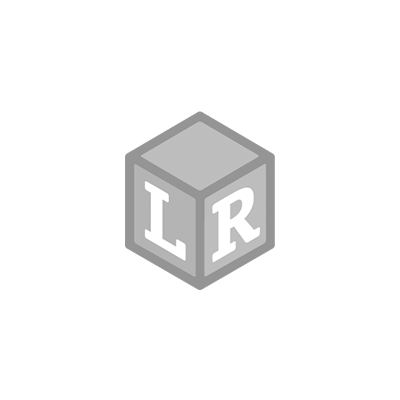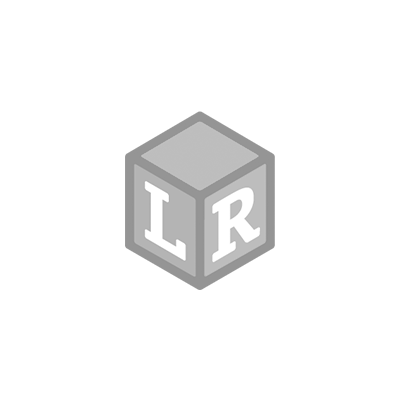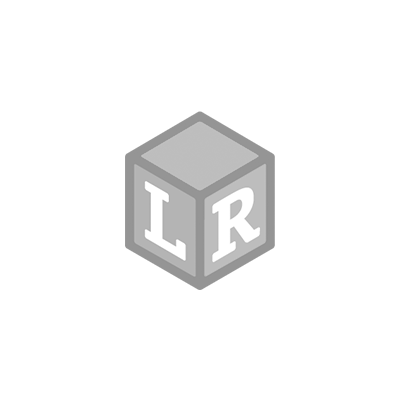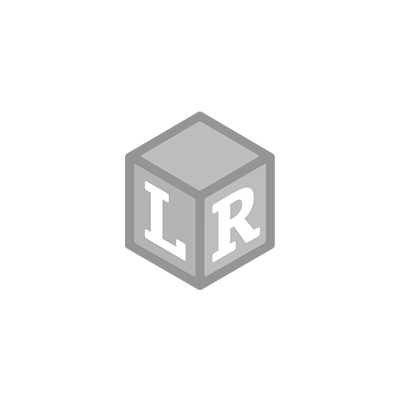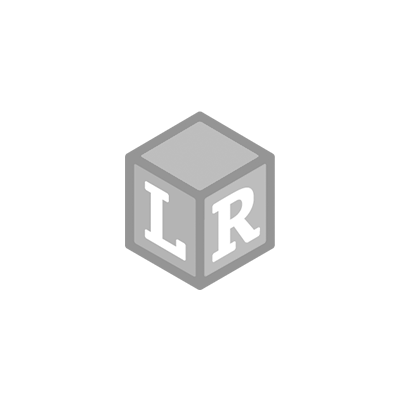Host a STEM-tastic Playdate to Celebrate November 8!
Invite the whole crew over for National STEM Day this November 8th with a science-, technology-, engineering-, and math-themed playdate!National STEM Day began in 2015, as our nation began to recognize that STEM-centered careers were growing 70 percent faster than other occupations. Research has shown the introduction of STEM concepts to children can improve their social and emotional development, as well as their rational thinking skills.

STEM really goes beyond conveying knowledge from teacher to student. Kids learn problem-solving, critical thinking skills, and collaboration with their peers. Connections are made between school, community, and home that seem to stick. The real-life implications of STEM pull together ideas that teach children that what they learn, as well as the ideas they share, benefit our world as a whole.
Let’s bring together all these concepts into a big, fun playdate. With the help of Learning Resources’ STEM-centered products, we engineered an engaging afternoon with our friends, completely screen-free.(And another beauty of STEM? It knows no age. If little brothers and sisters want to join in on the fun, the more the merrier!)We sent out invites, had our friends over, and made an afternoon of activities!
STEM Station #1: Botley

Spread out on the living room floor for our first STEM Station was Botley. This little coding robot lives up to its reputation for out-of-the-box fun. From the first moment Botley lit up and began chatting with our friends, it was love at first code.

With just a quick skim of the directions, the friends were coding in minutes. Before we knew it, Botley was pushing around blocks and racing toward the finish line.
A solid 45 minutes was spent at the Botley station, as the friends took turns sending Botley backwards and in circles. (It was hard to tear the kids away to move to the next station, but our playdate clock was ticking.)
STEM Station #2: Beaker Creatures

Our friends moved from the floor to the kitchen table to discover the fizzy, funny wonder of the Beaker Creatures Reactor Pods. Each mysterious pod is filled with an alien traveler. Who were they going to discover?Each individually wrapped pod comes with a classification card that will help our friends figure out who is who.Time to drop in our first discovery.


As they waited and watch the water foam, the friends tried to figure out which alien could be lurking in the inky waters.

All set! Who did we get?


Filling out the identification card made the friends feel like they were classifying new species from out of this world.

And soon one bowl was not enough. Let’s dissolve more! Who can we add to our collection?

STEM Station #3: Coding Critters

We set up an additional folding table in the family room to accommodate all our scientists, technicians, engineers, and mathematics for more STEM-tastic discoveries. Station #3 included the Rumble and Bumble, the adorable Coding Critters. Similar to Botley, Rumble and Bumble are screen-free, coding fun. The Coding Critters come with a storybook. First things first, the older friends read to the younger ones about with whom they were about to play.

Rumble and Bumble’s playset was fun to set up, but even more fun to knockdown. Once the friends figured out how to get Rumble moving, the crashing began!
The Coding Critters have a “code mode” and a “play mode”. In the play mode, our friends began to interact with Rumble like it was a real live pet! There were even challenges in the storybook…one was how to teach Rumble to have a snack with Bumble.

Like all awesome playdates, our time had to end. But the afternoon of STEM-centered fun will not soon be forgotten!Happy National STEM Day!

Save it for later!











 Shop UK Site
Shop UK Site 

